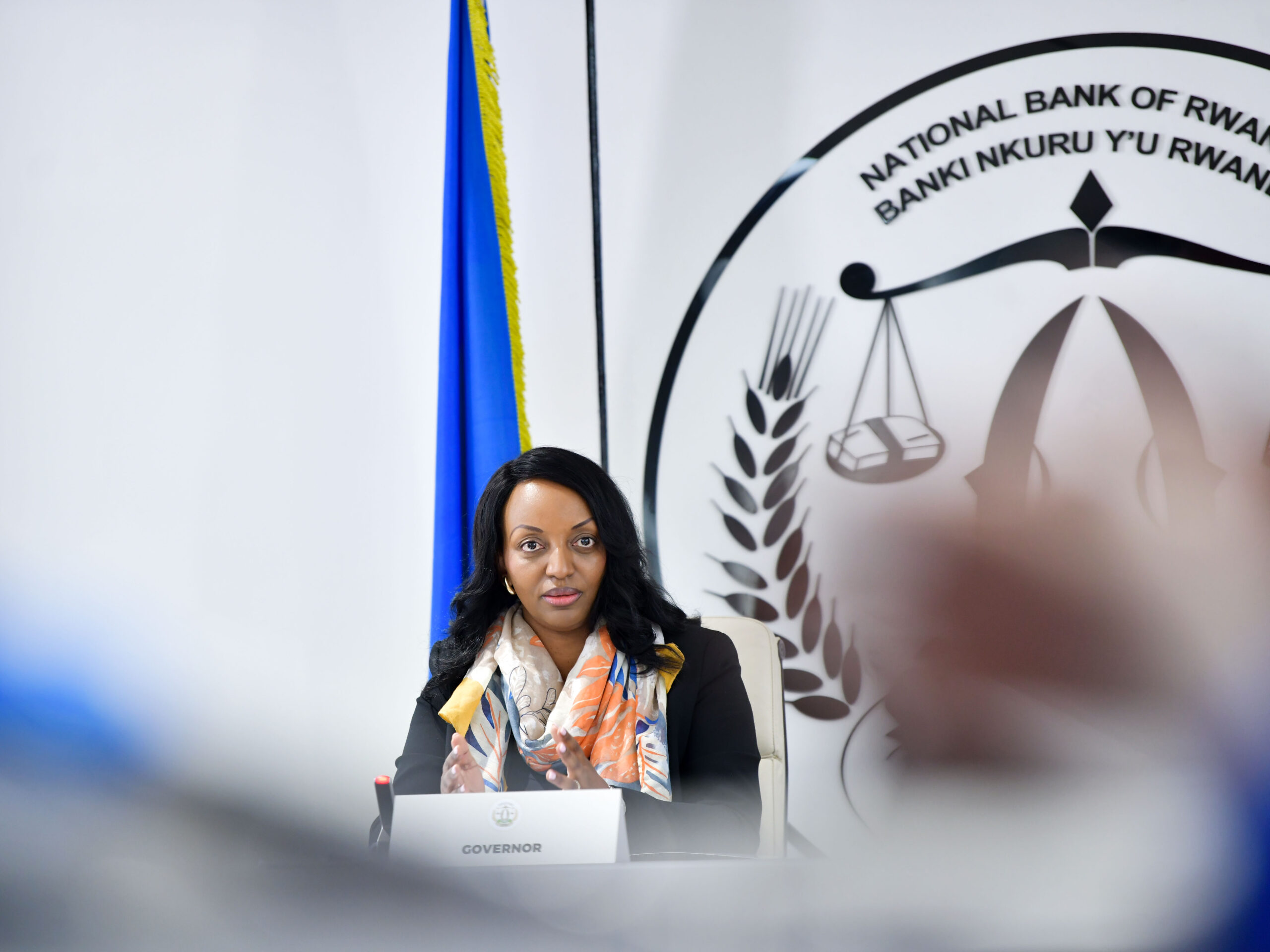Rwanda’s financial sector continued to expand at a rapid pace in the first half of 2025, fueled by strong economic growth, rising deposits, and a digital payments boom, even as the central bank cautioned that global uncertainties and the rising reliance on financial technology pose emerging risks.
According National Bank’s Governor, total financial sector assets surged 23 percent year-on-year to Rwf14 trillion by June, with growth recorded across banks, microfinance institutions, insurance, and pensions. Banks’ assets rose 23 percent, while pension assets jumped 26 percent on the back of increased contributions following changes to public pension rates. Insurance and microfinance assets also grew at double-digit rates.
“This growth reflects overall a stable and deepening financial system,” Hakuziyaremye told reporters in Kigali. “The sector continues to play a critical role in supporting economic development, with strong credit expansion and rising household participation.”
The banking system showed resilience, with capital adequacy ratios well above minimum thresholds and non-performing loans dropping to 2.6 percent, far below the 5 percent ceiling. Liquidity coverage stood at nearly three times the regulatory minimum, while return on equity remained strong at 18.6 percent despite rising operating costs. Microfinance institutions recorded similarly robust performance, supported by capital injections, improved loan quality, and double-digit credit growth.
Credit to the economy continued to expand, rising 15 percent for banks and 20.8 percent for microfinance lenders. Construction, trade, and manufacturing accounted for the largest share of bank financing, while microfinance lending tilted toward trade, agriculture, and education. The number of active borrowers surpassed 1.1 million, underscoring the growing reach of credit in both households and businesses.
Insurance companies maintained solid balance sheets, with a 215 percent solvency ratio, more than double the minimum requirement, and a return on equity of 19.2 percent driven by investment income. The pension sector continued to grow rapidly, with public pension fund assets hitting Rwf2 trillion while benefits paid to retirees increased 61 percent in the first half, boosting welfare.
One of the most striking developments came from Rwanda’s digital finance push. Retail payment values surged to Rwf68 trillion, equal to more than three times GDP, reflecting widespread adoption of electronic platforms. The central bank’s interoperable e-Kash system saw usage soar, with transactions quadrupling to Rwf37.7 billion from a year earlier and active users surpassing 2.1 million.
“This reflects increased trust and usage across the financial system,” Hakuziyaremye said. “The rapid adoption of digital payments underscores Rwanda’s vision of building a cashless and inclusive financial sector.”
Still, the central bank highlighted vulnerabilities. Rising global borrowing costs could lift domestic funding expenses, while volatile equity markets risk eroding asset values. Greater reliance on digital finance, while deepening inclusion, also heightens exposure to cyber and operational risks. Concentration in bank lending and deposits adds another layer of concern, requiring close oversight.
Despite these risks, the regulator judged the system “stable and resilient” in the medium term, with buffers strong enough to withstand shocks. The central bank pledged to act with “timely, evidence-based policies” to safeguard stability and soundness.





